After decades of fish stocking decreases to balance the alewife and Chinook salmon populations, the Michigan Department of Natural Resources is seeing good indicators that a modest stocking increase may be warranted in Lake Michigan.
To discuss this proposal and receive public feedback, the DNR will host a virtual meeting Monday, Sept. 19, from 7 to 8:30 p.m.
“We have seen several years of good Chinook salmon growth and have a slight increase in the alewife biomass, or abundance of those fish,” said Jay Wesley, the DNR’s Lake Michigan basin coordinator. “Although the alewife biomass is a fraction of what it was historically, we have a good 2021-year class and have seen up to six-year classes of alewives in our fisheries surveys – that means there are up to six different age groups in the current population of alewife.”
A “year class” refers to all of the fish of any species hatched, either through natural reproduction or through fish-rearing efforts, during that year’s spawning period.
Wesley said that a recently run predator-prey model also suggests that Lake Michigan has a good ratio of Chinook to alewife biomass, which is one of many indicators used to inform stocking decisions.
“The proposed 54% increase from 650,000 to 1 million spring fingerlings is a modest increase compared to the estimated 4.5 million wild Chinook salmon in Lake Michigan,” said Wesley. “It will allow us to increase numbers at sites like Charlevoix that contribute to the entire lake fishery and reinstate stocking sites like Ludington State Park and Fairport.”
Meeting details
Michigan Sea Grant will assist with the Zoom meeting:
- Save the date: Monday, Sept. 19, 7 to 8:30 p.m.
- Passcode: 2022
- Or join via telephone: 646-876-9923 or 301-715-8592
- Webinar ID: 994 1124 7153
- Questions? Contact Jay Wesley
Join meeting via Zoom ►
Meeting organizers will provide an update on the conditions of Lake Michigan, along with proposed stocking locations and number of fish stocked.
The Michigan DNR works with the Lake Michigan Committee, which is represented by the states that border the lake (Illinois, Indiana, Michigan and Wisconsin) and the Chippewa-Ottawa Resource Authority, to co-manage the fishery in Lake Michigan.
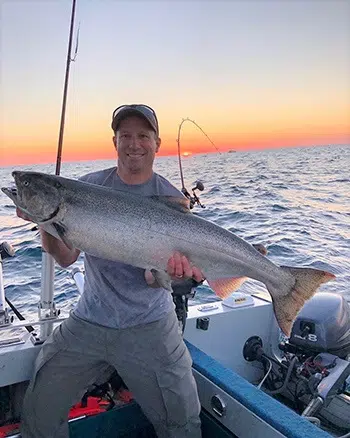


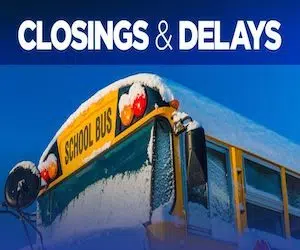



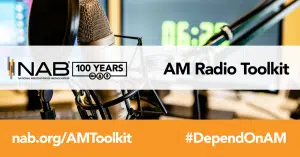
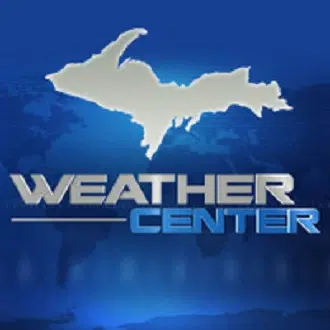






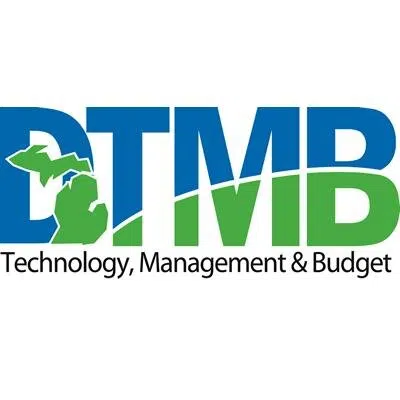


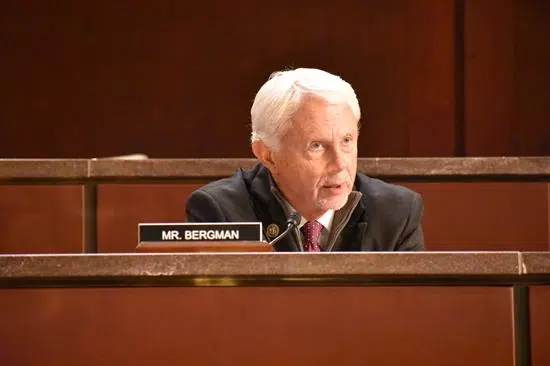




Comments